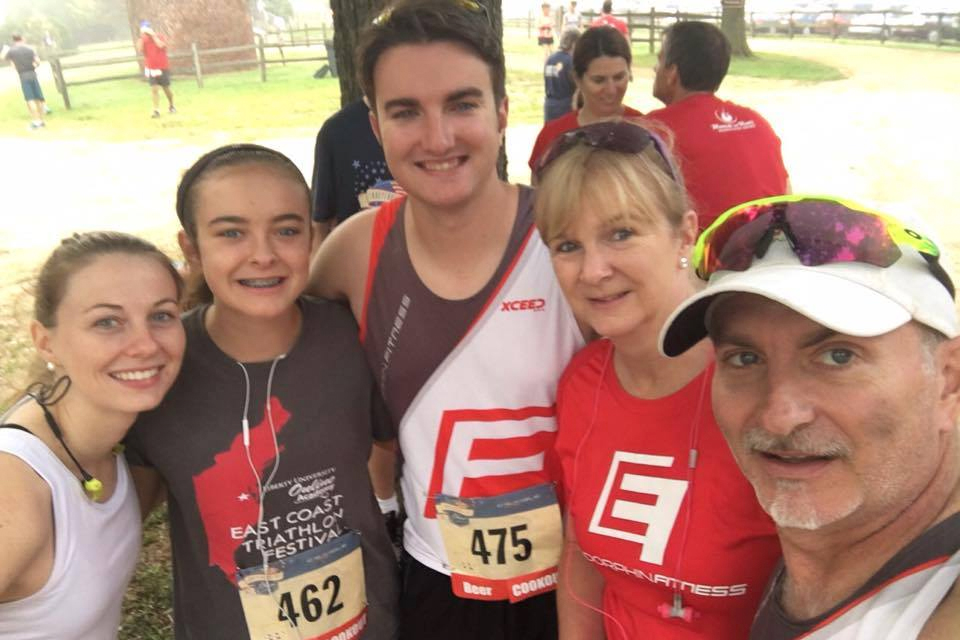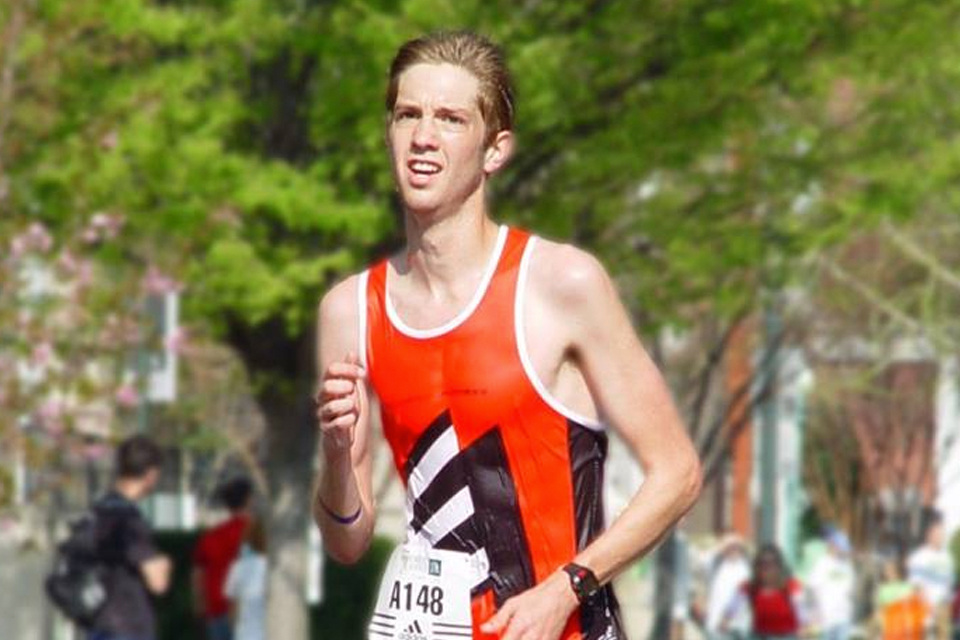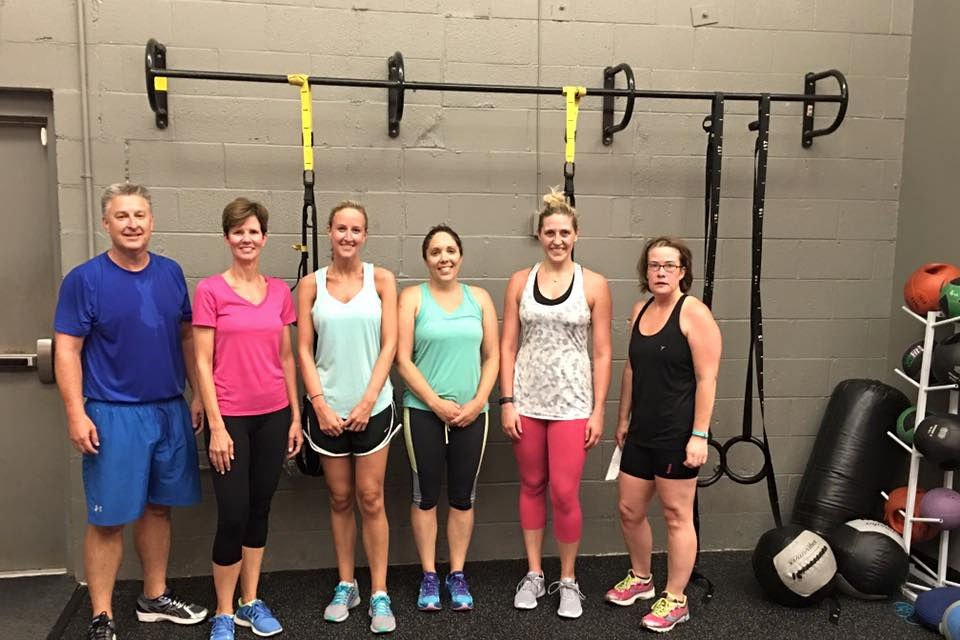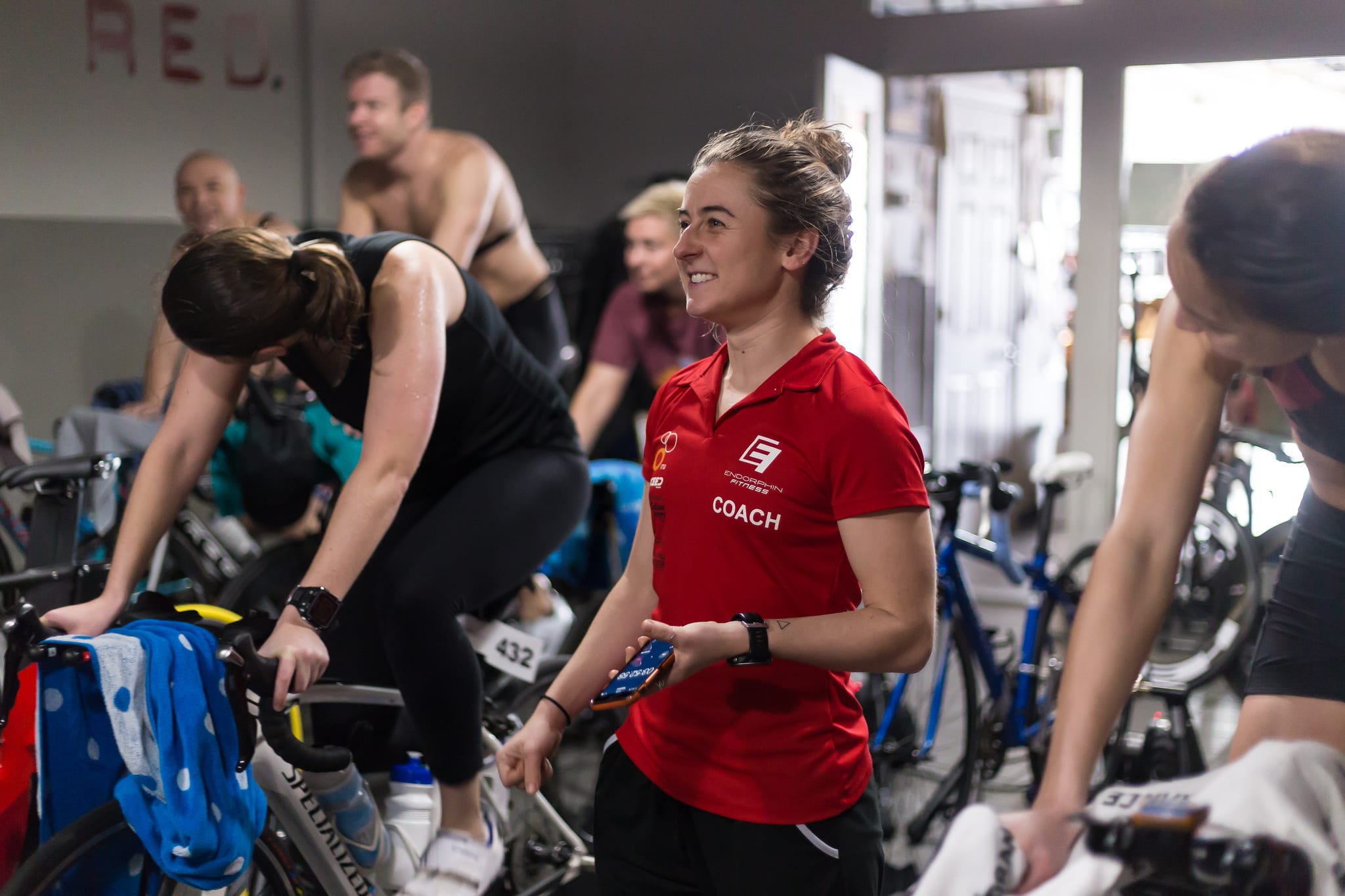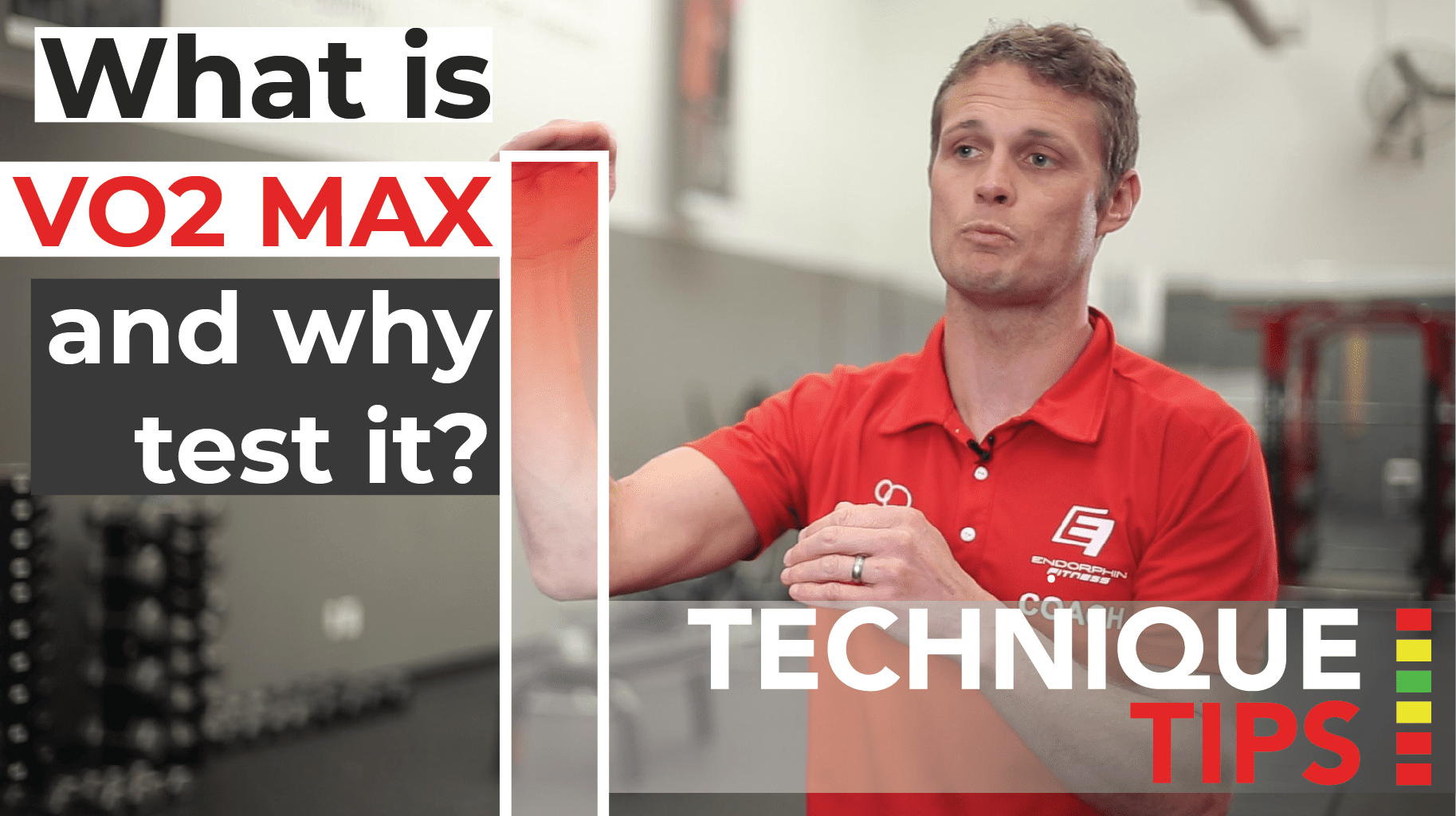

To view this message on YouTube, Click Here
If you’re familiar at all with VO2 testing, you may know that it’s a number basically fixed by your genetics which declines with age. Even with training, there’s not much you can do to affect that number. Therefore, we often get the question, why even bother testing it?
Here’s what we test in what’s commonly referred to as a VO2 “max” test. Although the word “max” is commonly used, what we’re actually testing for is “VO2 peak”. VO2 peak is the greatest amount of oxygen (Volume of O2, VO2) at that given time, during the test. Now, VO2 peak is the ultimate potential, the closest you can get to your VO2 max. Very few people test at their VO2 max. To test at this level, you’d have to be in the absolute best shape possible for your age.
So we test VO2 peak, then we train someone, and re-test VO2 peak. This is where we hope to see improvement in numbers based on training. However, as this number increases, we’re only ever getting closer to VO2 max. We don’t ever know if we’re at VO2 max, but we can show progress towards that ceiling.
There’s one other important thing we find in this test. When we run this test, we can find out the VO2 at anaerobic threshold. By comparing the difference between VO2 peak and VO2 at anaerobic threshold, your coach can determine what types of workouts you need. Maybe you need more intensity work- work above your anaerobic threshold. Or maybe you need more more workouts below this threshold, improving your overall aerobic volume.
When we test VO2 max, we determine your VO2 peak and track overall improvement over time. However, we also can determine what kinds of workouts you need to get into your best peak shape.


